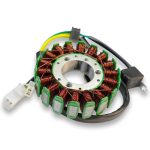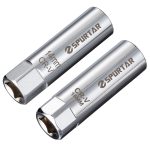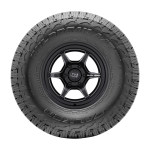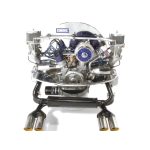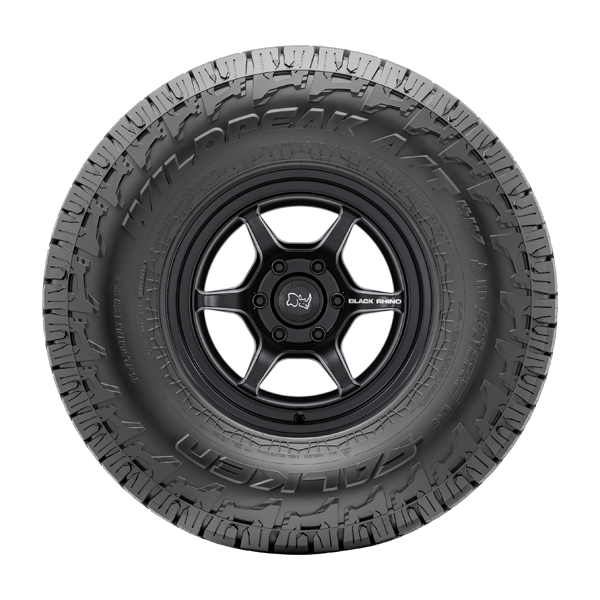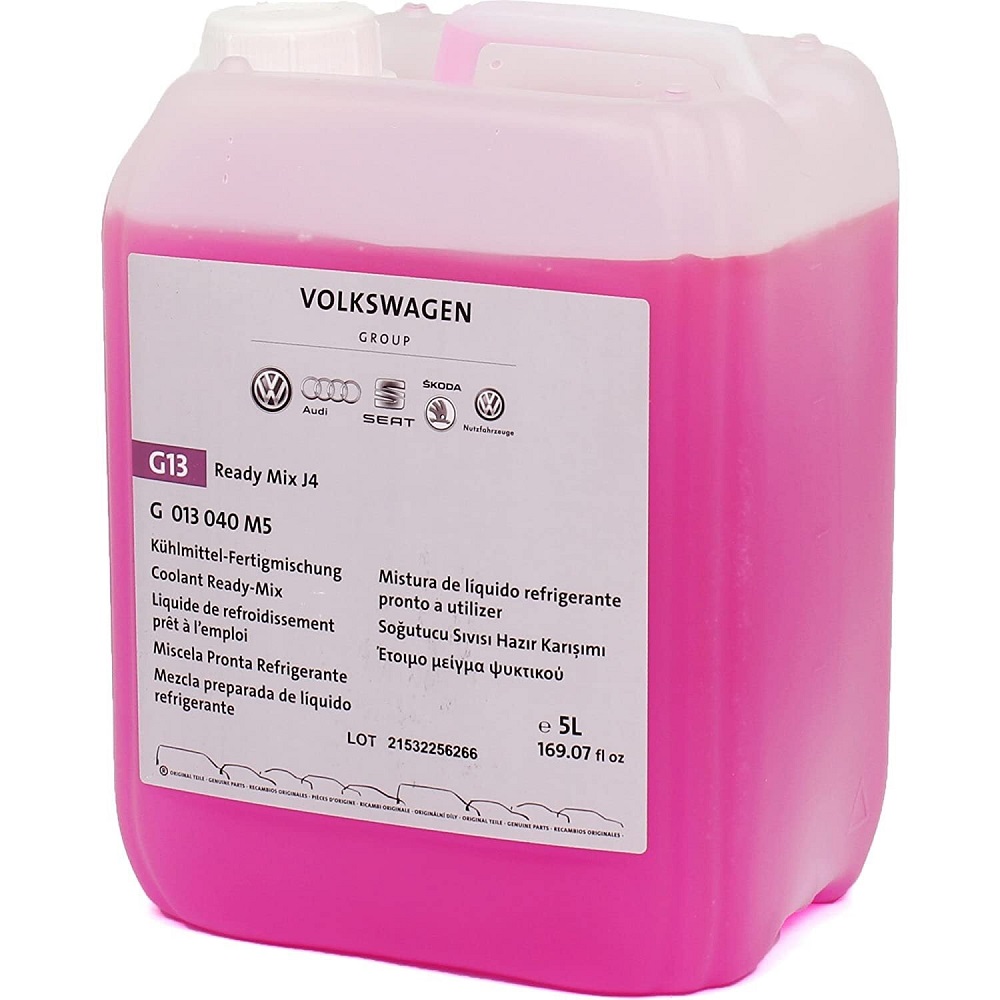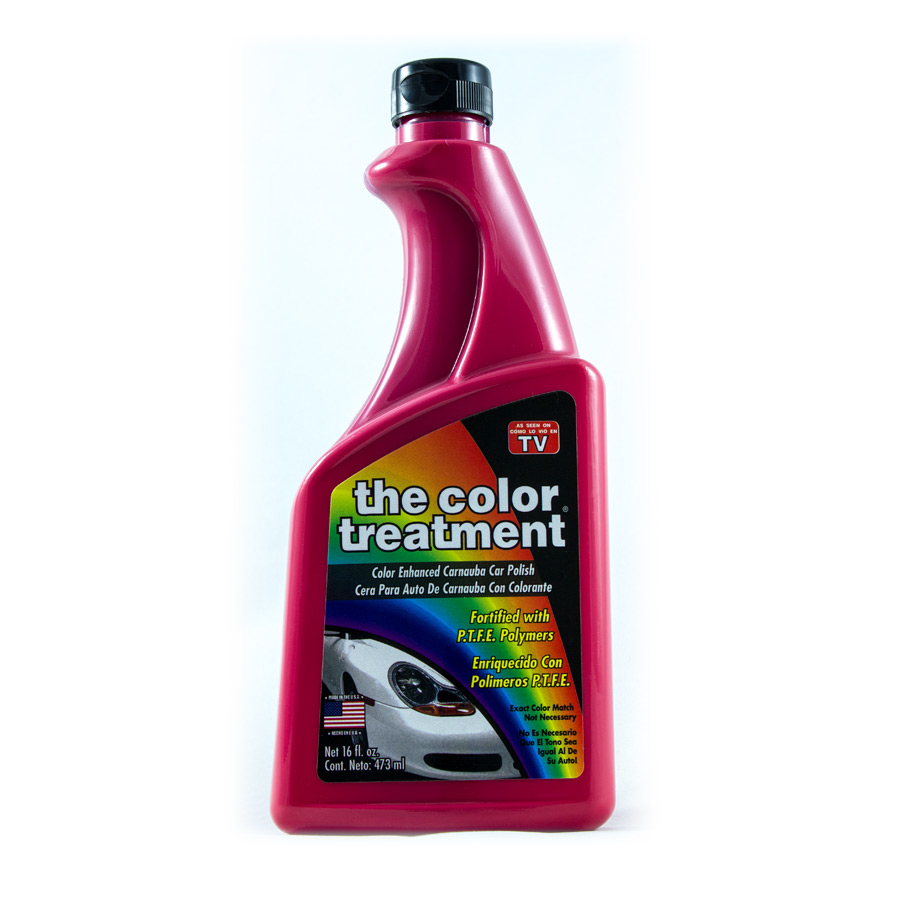Introduction: Understanding Your Car’s Oil Needs
As a car owner, one of the key aspects of vehicle maintenance is ensuring that your engine has the right amount of oil. This leads us to the question: how much oil does my car need? Understanding the answer is crucial for your engine’s health and your vehicle’s overall performance.
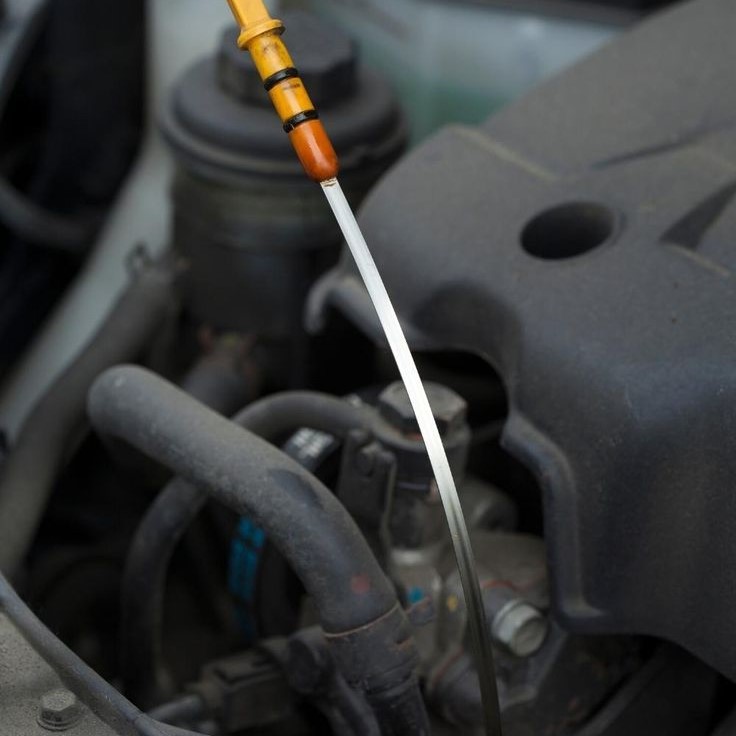
Oil is essential for lubricating engine components and ensuring that everything runs smoothly. If your car operates with insufficient oil or the wrong type, it can lead to serious damage. Therefore, knowing how much oil your car requires can save you money and extend the life of your engine.
Why Knowing Your Car’s Oil Capacity is Important
How much oil does my car need? Understanding your car’s oil capacity is essential for proper engine care. It ensures smooth operation and helps prevent damage. Knowing the right amount of oil keeps the vehicle efficient, reliable, and safe.
Effects of Incorrect Oil Levels on Engine Performance
Incorrect oil levels can harm your engine. Having too much oil can create high pressure, leading to leaks and damage. On the other hand, low oil levels reduce lubrication, which increases friction. Excessive friction can result in overheating and wear of engine parts. Both situations affect performance and reduce your engine’s lifespan.
Regularly checking and maintaining the right oil level prevents such issues. It ensures the engine runs at its best potential.
Benefits of Proper Oil Management for Your Vehicle
Proper oil management provides several benefits. It improves fuel efficiency by reducing friction. It also prolongs engine life by protecting internal components from wear. Correct oil levels ensure smooth power delivery and stable performance.
Using the right amount of oil prevents overheating. It also saves you money by avoiding costly engine repairs. In short, proper oil management leads to a safer and more reliable driving experience.

Common Methods to Determine Your Car’s Oil Capacity
Knowing “how much oil my car needs” is vital for maintaining engine health. Here are three easy ways to determine the oil capacity of your vehicle.
Checking the Owner’s Manual
The owner’s manual is the best source for accurate oil capacity information. Manufacturers list the exact amount needed for your specific engine. Locate the lubrication section or index to find details. Along with capacity, the manual also provides recommendations on oil type and grade. Always refer to it for reliable guidance.
Using Online Car Specifications and Databases
Online resources simplify finding your car’s oil capacity. Websites and databases allow quick access to vehicle-specific details. You typically need your car’s make, model, and year to find accurate info. Many auto and manufacturer websites also provide oil capacity charts. Using these resources ensures you follow the guidelines set by the manufacturer.
Consulting a Professional Mechanic
A mechanic can provide precise advice on your car’s oil capacity. They have experience working with various engine types and configurations. Mechanics can cross-check details and recommend the best oil type. This method works well for older cars or vehicles without accessible manuals. Regular consultations with professionals prevent mistakes and improve engine upkeep.
How to Check Your Car’s Current Oil Level
Regularly checking your car’s oil level is key for proper engine care. It helps prevent engine damage and ensures optimal performance. Staying on top of your oil levels can save you from costly repairs. Follow these simple steps to check your car’s oil correctly.
Tools You Need for Checking Oil Levels
To check your oil level, you need basic tools that are easy to find:
- Clean Cloth or Paper Towel: Use this to wipe the dipstick.
- Gloves (Optional): Gloves keep your hands clean during the process.
- Flat Surface: Park your car on level ground before checking the oil.
- Owner’s Manual: Refer to this if instructions specific to your car are needed.
Prepare these tools ahead of time for a smooth oil check.
Step-by-Step Guide to Check Oil Levels
Follow these simple steps to check your car’s oil level properly:
Warm Up Your Engine
Start your car and allow it to run for a few minutes. This helps circulate the oil and gives a more accurate reading when you check the oil level.
After a few minutes, turn off the engine.
It is important to let the engine cool for about 5 minutes. This allows the oil to settle in the oil pan and gives a more accurate dipstick reading.
Locate the Dipstick
Open the hood of your car. Ensure that it is securely propped open to avoid any accidents.
Look for the dipstick, which is generally located near the engine.
The dipstick typically has a bright handle, often colored yellow or orange, making it easy to spot.

Clean the Dipstick
Carefully pull the dipstick out of its tube. This should be done gently to avoid bending or damaging it.
Take a clean cloth or paper towel and wipe the dipstick thoroughly. This removes any oil residue and ensures you get an accurate reading.
Insert and Remove the Dipstick
Once the dipstick is clean, insert it back into the tube all the way, ensuring it is seated properly.
Pull the dipstick out slowly again. This allows you to check the oil level accurately without spilling any oil.
Check the Oil Level
Examine the markings on the dipstick. There are usually two indicators: one for “min” (minimum) and another for “max” (maximum).
Ensure that the oil level is between these two lines. A proper oil level indicates healthy engine functioning, while being too low or too high can cause engine damage.
Add Oil if Needed
If the oil level is low and below the “min” line, you will need to add oil.
Gradually pour in the recommended type of oil. It’s crucial to check your vehicle’s manual for the specific oil type.
After adding oil, wait a moment, then check the level again using the dipstick. This prevents overfilling, which can lead to other engine issues.
Always verify your findings with your owner’s manual or a professional mechanic if unsure. Checking oil levels regularly protects your engine and guarantees reliable performance.
Factors That Influence Oil Capacity
Understanding the factors that affect your car’s oil capacity is crucial. These factors ensure proper lubrication and engine health. To determine how much oil your car needs, consider these key elements.
Engine Size and Type
The size and type of the engine heavily influence oil capacity. Larger engines, like V8s, need more oil compared to smaller engines, like four-cylinder ones. Turbocharged and high-performance engines also require higher oil volume due to increased stress and heat. Always check your engine specifications for accurate oil requirements.
Vehicle Make and Model
Car manufacturers design vehicles with varying oil capacities based on their make and model. Each vehicle configuration has specific needs. A compact sedan will typically have lower oil capacity than an SUV or truck. Reviewing the owner’s manual or manufacturer guidelines ensures the correct oil volume for your vehicle.
Oil Filter Considerations
The oil filter is another factor that impacts oil capacity. A larger oil filter may increase the total oil needed. Filters store extra oil, which is crucial in maintaining engine lubrication. When replacing the filter during an oil change, double-check the capacity, as it may slightly differ from the manual’s standard. Use manufacturer-recommended filters for best results.
These factors combined help you determine the correct oil capacity for your car. Each element plays a vital role in ensuring your engine performs efficiently and reliably.
Types of Oil for Your Car
Choosing the right type of oil for your car is important for engine health and performance. The oil you select impacts lubrication, engine cleanliness, and overall efficiency. Below, we discuss common types of motor oil and how to choose the right one for your vehicle.
Differences Between Full Synthetic, Synthetic Blend, and Conventional Oil
Understanding the differences in oil types helps you make an informed choice:
- Full Synthetic Oil:
- Made from advanced chemical compounds for superior performance.
- Provides excellent protection in extreme temperatures.
- Best for high-performance and newer engines.
- Lasts longer, reducing the frequency of oil changes.
- Synthetic Blend Oil:
- A mix of synthetic and conventional oils.
- Offers moderate performance at a lower cost than full synthetic oil.
- Suitable for light trucks, SUVs, and vehicles that tow.
- Conventional Oil:
- Derived from refined crude oil.
- Works well for older engines and simple engine designs.
- More affordable but requires more frequent oil changes.
Understanding these differences ensures you select the right oil for your needs.
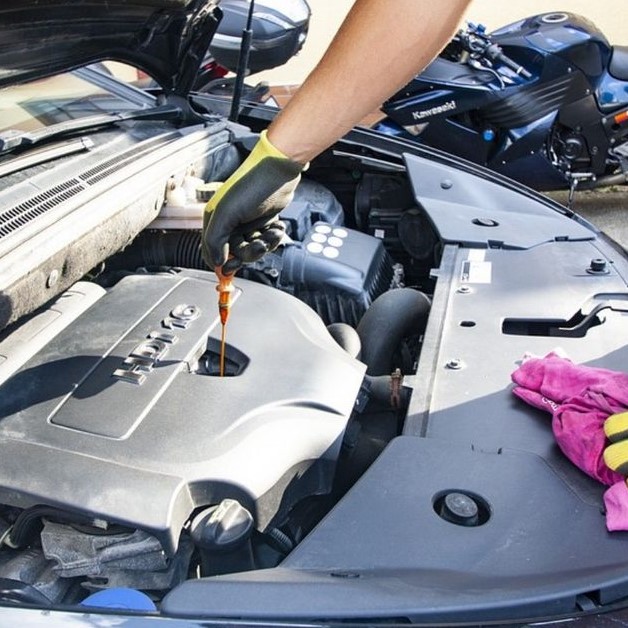
Choosing the Right Oil Grade for Your Car
Oil grades refer to the viscosity level, which affects engine performance. Follow these steps to choose correctly:
- Check Your Owner’s Manual:
- The manual specifies the recommended oil grade for your car.
- Grades like 5W-30 or 10W-40 indicate performance in various temperatures.
- Consider Your Climate:
- Cold climates need oil with lower “W” values for quicker engine lubrication.
- Hot climates require higher viscosity oil to maintain protection.
- Look for Certification Marks:
- Choose oil labeled with API, ACEA, or other certifications for quality assurance.
- Consult a Mechanic if Unsure:
- Professionals can help you pick the ideal oil based on your driving habits.
Using the proper oil type and grade optimizes engine function and enhances its lifespan. Always follow manufacturer guidelines and consider professional advice if uncertain.
Signs Your Car May Have the Wrong Oil Level
Incorrect oil levels can cause noticeable issues in your car. Identifying these issues early prevents engine damage. Below are the signs of too much or too little oil.
Indicators of Too Much Oil
Excess oil can lead to severe problems. Watch out for these symptoms:
- Blue Smoke from Exhaust: Too much oil can burn, causing blue smoke. This indicates oil entering the combustion system.
- Unusual Engine Noises: High oil levels create pressure, leading to abnormal sounds like knocking or ticking.
- Oil Leaks: Excess oil increases pressure on seals, causing leaks around gaskets or the oil pan.
- Poor Acceleration: Overfilled oil affects crankshaft rotation, reducing engine power and responsiveness.
- Warning Light: Your car’s dashboard may display the “Check Engine” or oil warning light.
If you notice these signs, drain excess oil carefully and check the level again.
Symptoms of Low Oil Levels
Low oil levels are equally problematic. They cause insufficient lubrication, leading to the following issues:
- Engine Overheating: Lack of oil increases friction, causing the engine to overheat and potentially fail.
- Burning Smell: When too little oil is present, components overheat, emitting a burning odor.
- Unusual Ticking Sound: Without enough oil, components like lifters and valves produce ticking noises.
- Decreased Fuel Efficiency: Engine strain from inadequate lubrication lowers your car’s mileage.
- Oil Pressure Warning Light: A low oil pressure light on the dashboard signals insufficient oil levels.
Address low oil levels immediately by adding the recommended type and amount of oil. Regular checks prevent these issues and ensure the health of your car’s engine.
Tips for Regular Oil Maintenance
Proper oil maintenance keeps your engine healthy and efficient. It prevents wear and extends engine life.
How Often to Check and Change Your Oil
- Check Oil Levels Monthly: Inspect oil levels at least once a month for consistent engine performance.
- Follow Manufacturer Guidelines: Refer to your owner’s manual for the recommended oil change intervals.
- Mileage Recommendations: Change oil every 3,000–5,000 miles for conventional oil or as specified for synthetic oil.
- Consider Driving Conditions: Short trips, heavy loads, or extreme heat may require more frequent oil changes.
- Watch for Warning Lights: The oil pressure light signals when to check or replace oil immediately.
The Role of Seasonal Changes in Oil Management
- Winter Adjustments:
- Use thinner oil like 5W-30 for easier cold starts.
- Low temperatures can thicken oil; thinner oil ensures proper lubrication.
- Summer Precautions:
- Use higher viscosity oil like 10W-40 for hot weather.
- High heat can degrade oil faster, so frequent checks are essential.
- Regular Monitoring:
- Seasonal shifts affect oil performance; adjust as needed for weather changes.
- Follow manufacturer recommendations for the best grade in different temperatures.
Importance of Using High-Quality Oil and Filters
- Ensure Longevity: High-quality oils and filters reduce engine wear and improve efficiency.
- Prevent Contaminants: Quality filters trap particles, ensuring cleaner oil circulates through the engine.
- Gain Better Performance: Oils with certifications like API or ACEA provide reliable performance and protection.
- Match Specifications: Always use the type and grade recommended for your car model and engine.
- Save Money on Repairs: Superior oils and filters prevent engine damage, reducing costly repairs over time.
Regular oil maintenance ensures your car runs smoothly and lasts longer. Always prioritize quality and consistency.
Conclusion: Prioritize Your Car’s Oil Needs
In summary, understanding how much oil does my car need is a crucial aspect of vehicle maintenance. Not only does oil lubricate and cool your engine, but it also helps maintain overall performance. By knowing your car’s specific oil capacity, choosing the right oil type, and adhering to regular oil change intervals, you can promote longevity and reliability for your vehicle.
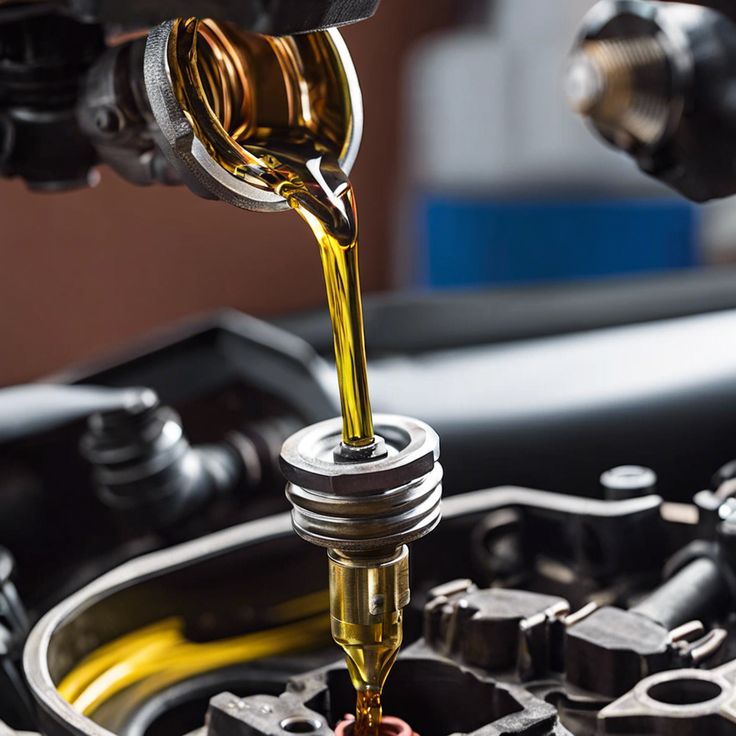
Remember that oil plays a fundamental role in your engine’s health. This knowledge empowers you to take charge of your car maintenance. Ensure you check your oil levels regularly, and when in doubt, consult the owner’s manual or a professional mechanic. By prioritizing your vehicle’s oil needs, you safeguard your investment and foster a more dependable driving experience.
